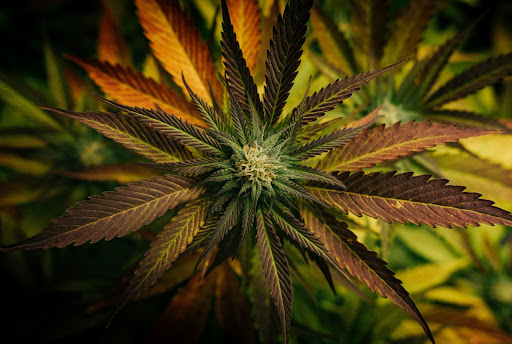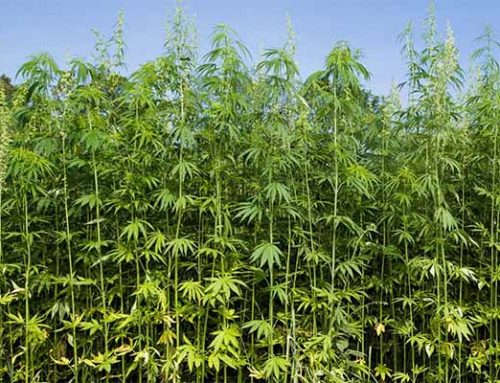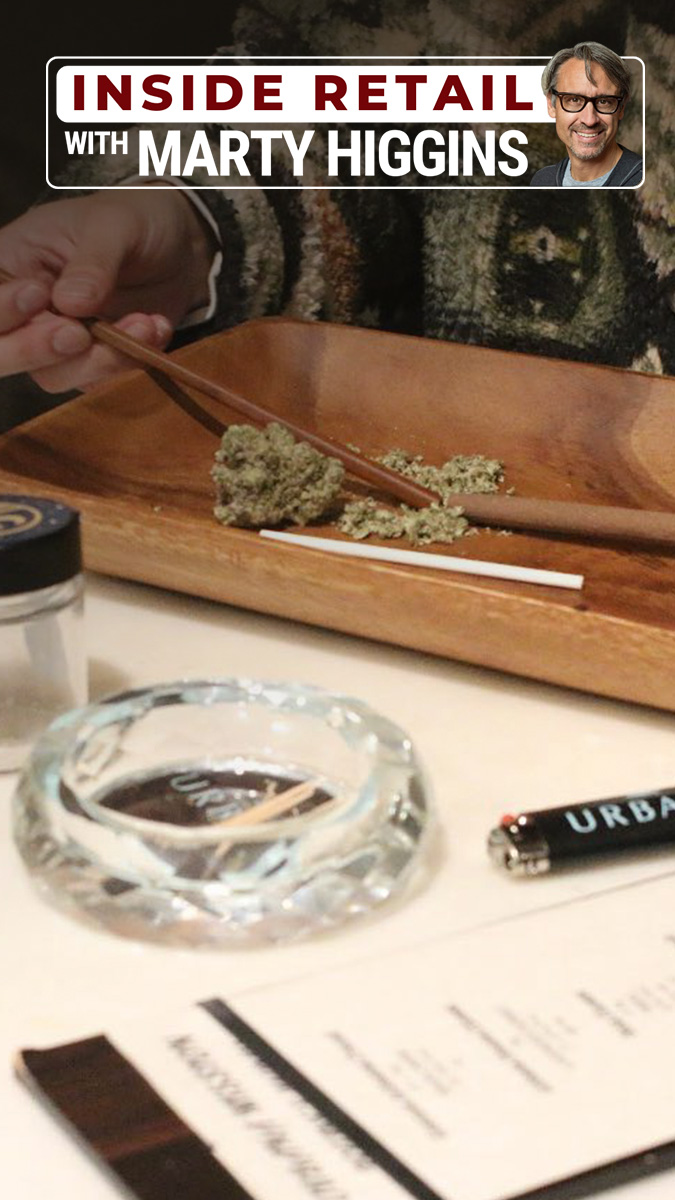Is The Reign of High THC Strains Coming to an End?

By Ruth Fisher Ph.D.–In the world of cannabis, quality has become synonymous with THC potency. And when the curious enter the market seeking quality product, they quickly learn that quality means potency. So much so, demand for high THC potency currently drives the cannabis flower market. But is this the right metric for quality and if not, what’s a better approach?
High THC cannabis will, indeed, get people high, but consumers seeking a more nuanced experience generally do better with cannabis that contains lower concentrations of THC and higher concentrations of other cannabinoids and terpenes. Many consumers, especially those in more mature markets, have learned this.
Yet, demand for high THC cannabis still persists. As cannabis grower Sayra Small notes in an interview with Leafly: “The most common question I get is ‘what is your highest THC strain?’ I inwardly roll my eyes because we all know that doesn’t make the best flower.”
The pull of potency
In the past, take-it-or-leave-it transactions ruled the black market, as there was no incentive for sellers or buyers to figure out what was responsible for differences in user experiences. And even if the desire was there, the science and technology was not widely available (if available at all) to figure it all out.
However, as the cannabis legalization movement grows, the take-or-leave-it propositions are being replaced by, “Which product do you want?” When faced with such a decision, the response is generally, “Well, what’s the difference between the products?”
Once consumers were given choices and sellers were forced to explain the differences, suddenly it was not only desirable but an imperative for people to figure out the relationships between cannabis product characteristics and the experiences they generated in users. Finally, there was a clear incentive.
However, the idea that potency defines quality is such a clear, convenient, and just plain simple concept that it makes it easy for anyone to distinguish high quality products from the rest. No fuss, no mess. The ease and intuitiveness of it all makes it easy for people to latch onto the paradigm and so very difficult for them to give up.

Flaws in the potency paradigm
The logic for high THC strains runs something like this: customers just want to get high and want the most bang for their buck. But there are flaws in this thinking. For example, if the most cost-effective cannabis is the strain with the highest ratio of THC, wouldn’t THC isolate be the most cost-effective cannabis? Why bother with flower? Why not ingest isolate?
And it’s also not true that high THC strains offer the most bang for buck. The price of high THC cannabis often runs at a premium, which means you pay a higher price per mg of THC. In this case, high THC cannabis provides the most bang for your buck only in the sense that you ingest a larger number of mg of THC per hit. But that metric is generally meaningless, because you can always make up for lack of potency by taking larger doses.
However, a much more important counter-argument is the fact that people respond differently to THC. While some people can get high on 10 mg (or less) of THC, others may require twice as much to achieve the same level of psycho-activity. In other words, it’s not the absolute amount of THC that matters, but rather, the amount needed given an individual’s tolerance.
Not to mention how crude it is to reduce the effects of cannabis down to one single attribute when in reality that’s not how cannabis users generally think about the experience of getting high. In his article, “Top 5 Highest THC Strains of 2022: The Strongest Weed To Get Wasted,” Johnny Baldwin describes the nuances of each strain, proving even users of High THC care about nuanced effects.
Godfather OG: “… so the high is both mind- and body-blowing. It starts with a euphoric feeling that immediately whisks away all stress, and which quickly expands to blast your body as well. Don’t be surprised to get a wicked case of couch-lock, but you’ll enjoy it immensely.”
Bubba Kush: “produces a dreamy and powerful euphoria that eliminates stress while making muscles heavy before you may need to hit the couch… experienced indica smokers often say they can maintain focus (and conversations) during this high. Either way, you’ll probably have a major case of the munchies.”
Changing the potency paradigm
While demand for high THC strains dominates the market, many dispensary owners are not willing to spend the time and money to educate bud-tenders and/or spend time educating customers when bud-tenders could instead devote that time to generating greater sales volumes.
However, there is also demand for high quality variety cannabis: “Savvy consumers who are shopping for more than THC content will pay a premium for terpene and cannabinoid content,” says Steve Gutterman, CEO of Falcon Brands, based in California.
What’s not clear is the relative size of the premium variety vs. the premium high THC consumer groups, illustrating the need for more research and a better understanding of the individual reasons people use cannabis. To make this happen what’s needed is a desire to understand:
- The nature of cannabis’s many nuances,
- The different experiences consumers seek, and
- The value of providing each consumer with the product(s) that will generate his or her desired consumption experience.
Yet, there’s another need that must also be met for the transition to the Quality = Variety paradigm to actually occur: The benefits must be worth the costs.
Specifically, the value of consumer education, in terms of the benefits generated by matching consumers to their appropriate products, must outweigh the costs of becoming informed.
The value in Variety
The value comes in being able to sell a wider variety of product that generate higher levels of customer satisfaction, fuelling a willing to pay for variety and driving brand loyalty.
Dispensary Owners: The value to dispensary owners of having informed bud-tenders and customers is a greater willingness-to-pay-more by customers for variety cannabis products.
Consumers: The value to consumers of finding the appropriate product that generates the experience they seek is the value of the better consumption experience.
Anyone who’s had a great cannabis experience using the right product to meet his or her needs understands the value of that experience, relative to the experience he or she has had when the product used wasn’t great. And what’s at stake is not simply a one-shot deal: People who have had good experiences are infinitely more likely to become repeat users.
It should be clear that the value to be gained from matching cannabis users to their appropriate products is huge, both for the consumers themselves, as well as for the suppliers who stand to profit from enjoyable experiences. To bridge the gap, research and education is key.
Ruth Fisher Ph.D. is a systems design researcher, modeler, and analyst. She is the author of The Medical Cannabis Primer: Ushering in the Golden Age of Marijuana. Find her on LinkedIn or email at [email protected].




































